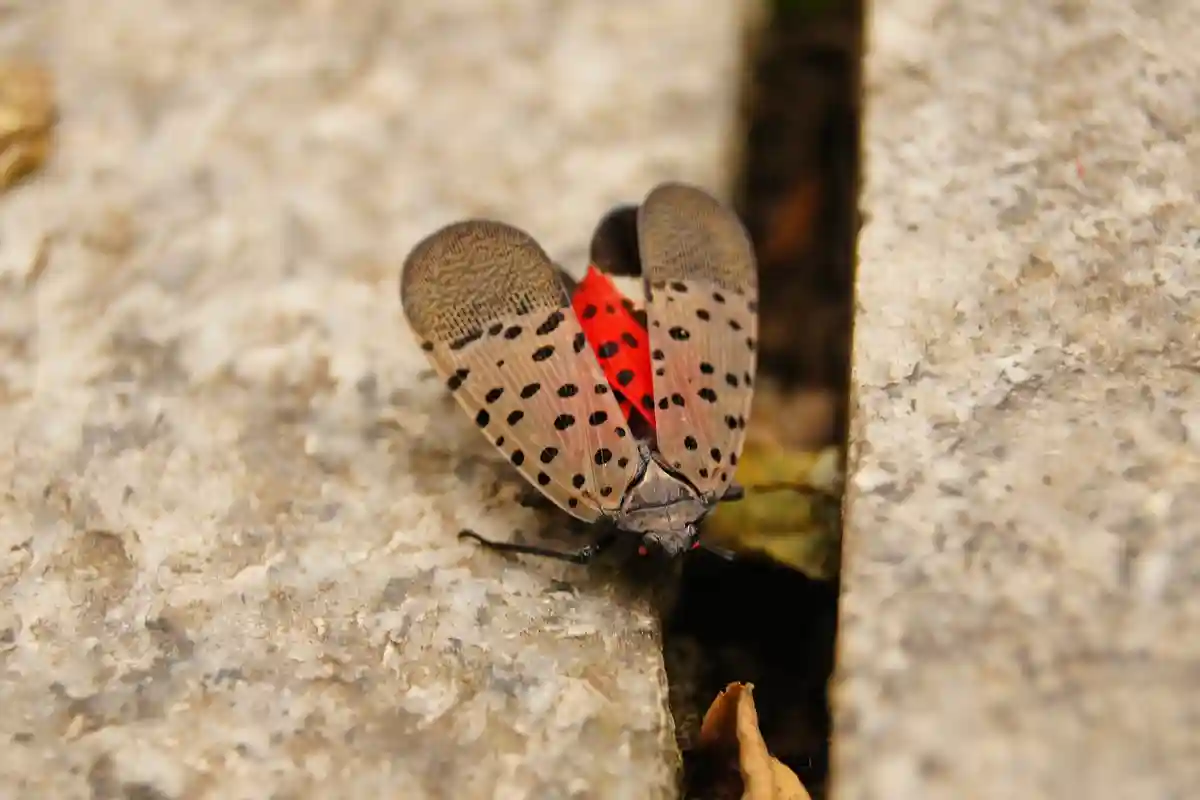The Spotted Lanternfly’s Threat to Agriculture and Ecosystems
The spotted lanternfly (Lycorma delicatula) is an invasive insect species that has garnered considerable attention and concern in recent years. Native to parts of Asia, including China, India, and Vietnam, this insect has rapidly spread to the United States and other parts of the world, causing significant damage to agriculture and ecosystems.
What sets the spotted lanternfly apart is its distinctive appearance. Adult lanternflies are about an inch long and display strikingly colorful wings, with their forewings featuring a unique pattern of spots that resembles polka dots. While visually appealing, these insects are detrimental to various plant species, as they are voracious sap feeders. They primarily feed on the sap of trees, grapevines, fruit trees, and other plants, weakening them and leaving them susceptible to diseases. Moreover, their feeding can cause a sugary substance known as honeydew to accumulate, attracting ants and other pests, which can further harm plants.
Efforts to combat the spread of the spotted lanternfly have included quarantines, public awareness campaigns, and the use of insecticides. However, this invasive species remains a significant challenge, as its rapid spread and the vast range of host plants it can infest continue to threaten agriculture and natural ecosystems. Vigilance and coordinated control measures are essential to mitigate the damage caused by the spotted lanternfly and prevent further spread into new regions.
